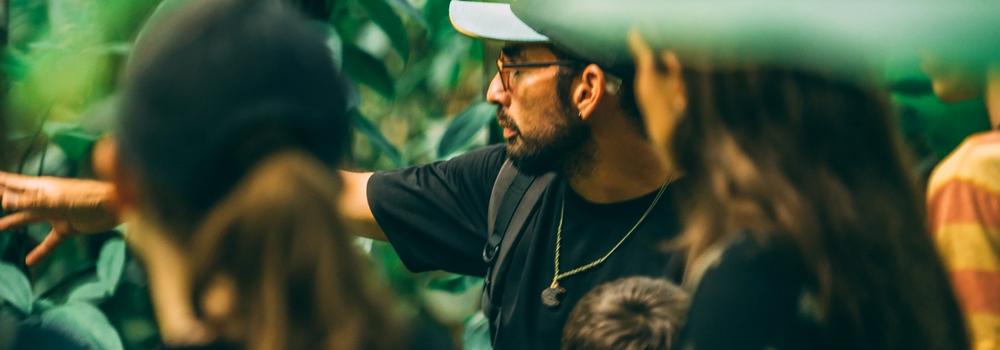Published April-21-2022
Caribbean Sea Adventure: Bocas Mangrove Kayak & Snorkel You Will Love
We visit the colorful and complex submarine world located within the Caribbean waters. With the help of a kayak, a diving mask, and a snorkel, we discover innumerable corals, fish, jellyfish, crustaceans, and many other living beings, very different from those we see on land.

Hugo Santa Cruz
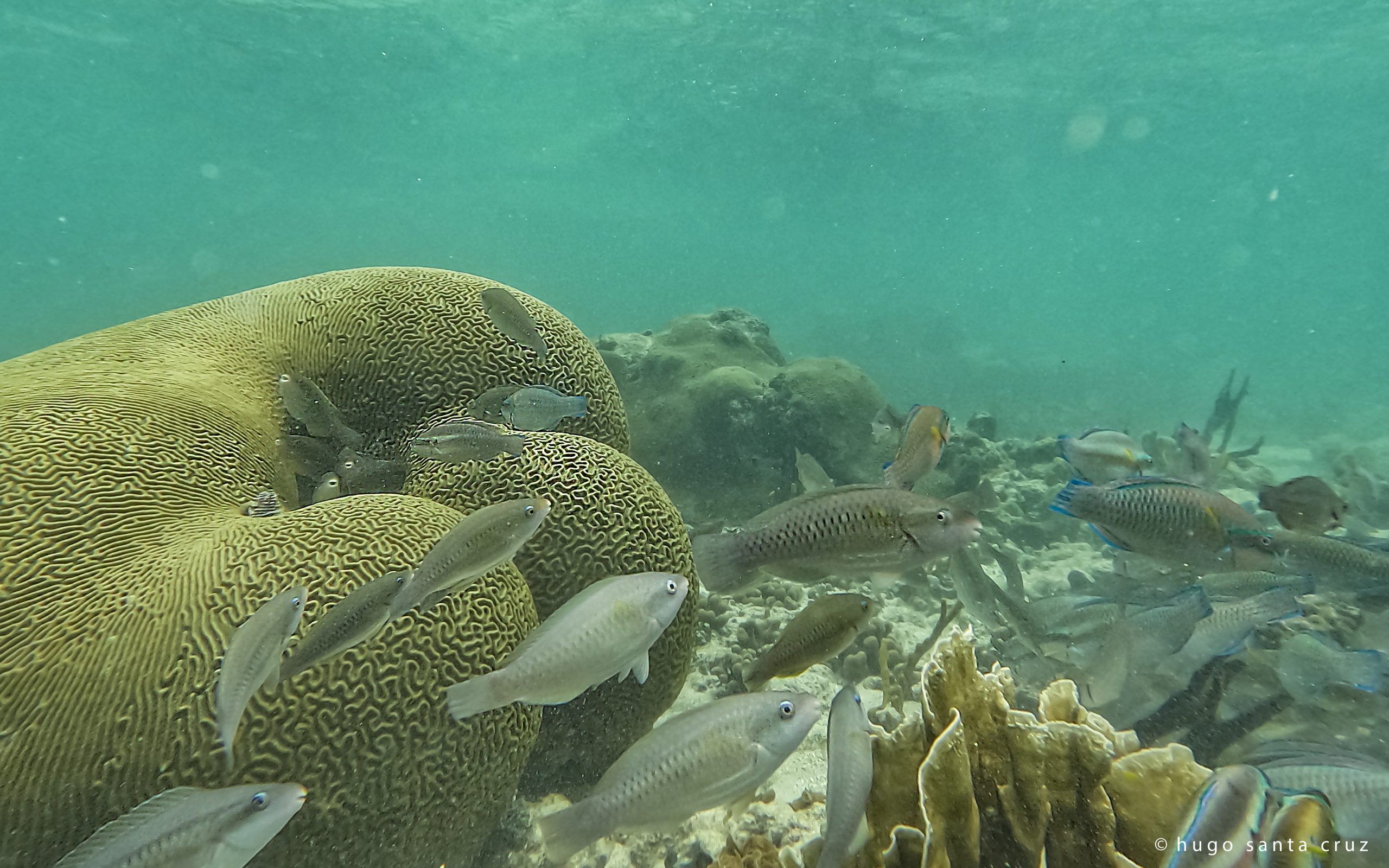
Without a doubt, this is one of my favorite tours – and it is the strangest at the same time. We visit the colorful and complex submarine world located within the Caribbean waters. With the help of a kayak, a diving mask, and a snorkel, we discover innumerable corals, fish, jellyfish, crustaceans, and many other living beings, very different from those we see on land.
We begin from Tranquilo Bay’s dock, where we board the kayaks to go to the mangrove lagoon. To reach it, we paddle for a few minutes through the bay’s calm waters until we hit the mangroves. Once there, we cross through passageways and narrow tunnels of this peculiar marine forest dominated by red mangroves.
Slowly crossing this habitat in the kayaks, we appreciate several crabs of different sizes and colors, moving on to the aerial roots of the mangroves. A little higher up in the upper branches, with some luck, we spot kingfishers, herons, warblers, and other birds specialized in this micro-ecosystem.
These forests can look very similar, appearing drab and unproductive. But in reality, they are complex ecological communities, which are the habitat of hundreds of species from different kingdoms. Mangroves gradually colonize the shores of the sea, trapping sediment with their roots, creating soil, and at the same time decomposing biomass, perfect as a habitat for crabs, shrimp, insects, and other invertebrates. Of course, life is not restricted to the sediments and the aerial zone of the mangroves; inside the water, there are endless other organisms.
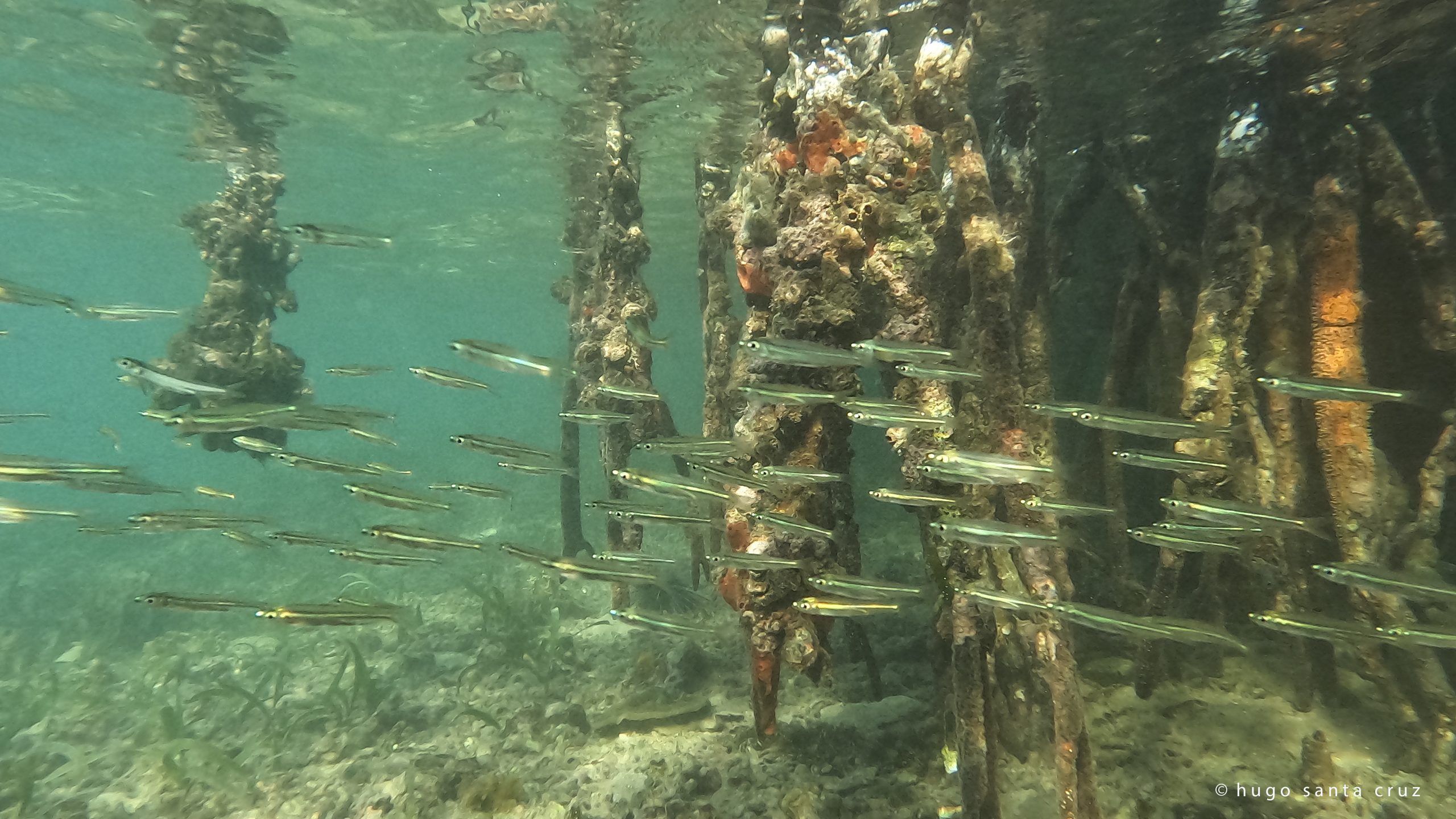
We submerge and start snorkeling once we arrive at the open lagoon. The roots of the red mangrove are an excellent site for fish reproduction; they are like the ocean’s nursery. It is possible to observe many kinds in this area: Dwarf Round Herring, Schoolmaster, Striped Parrotfish, French Grunt, Three-spot Damselfish, and Neon Gobies. Clams and colorful sea sponges may also be seen attached to the roots. And that’s not all; the lagoon shelters many Upside-down Jellies, who take refuge on the ground in the middle of the small lake, with their tentacles pointing upwards as if they were anemones. Diving in a little, it is possible to appreciate these strange organisms from very close, without any risk.
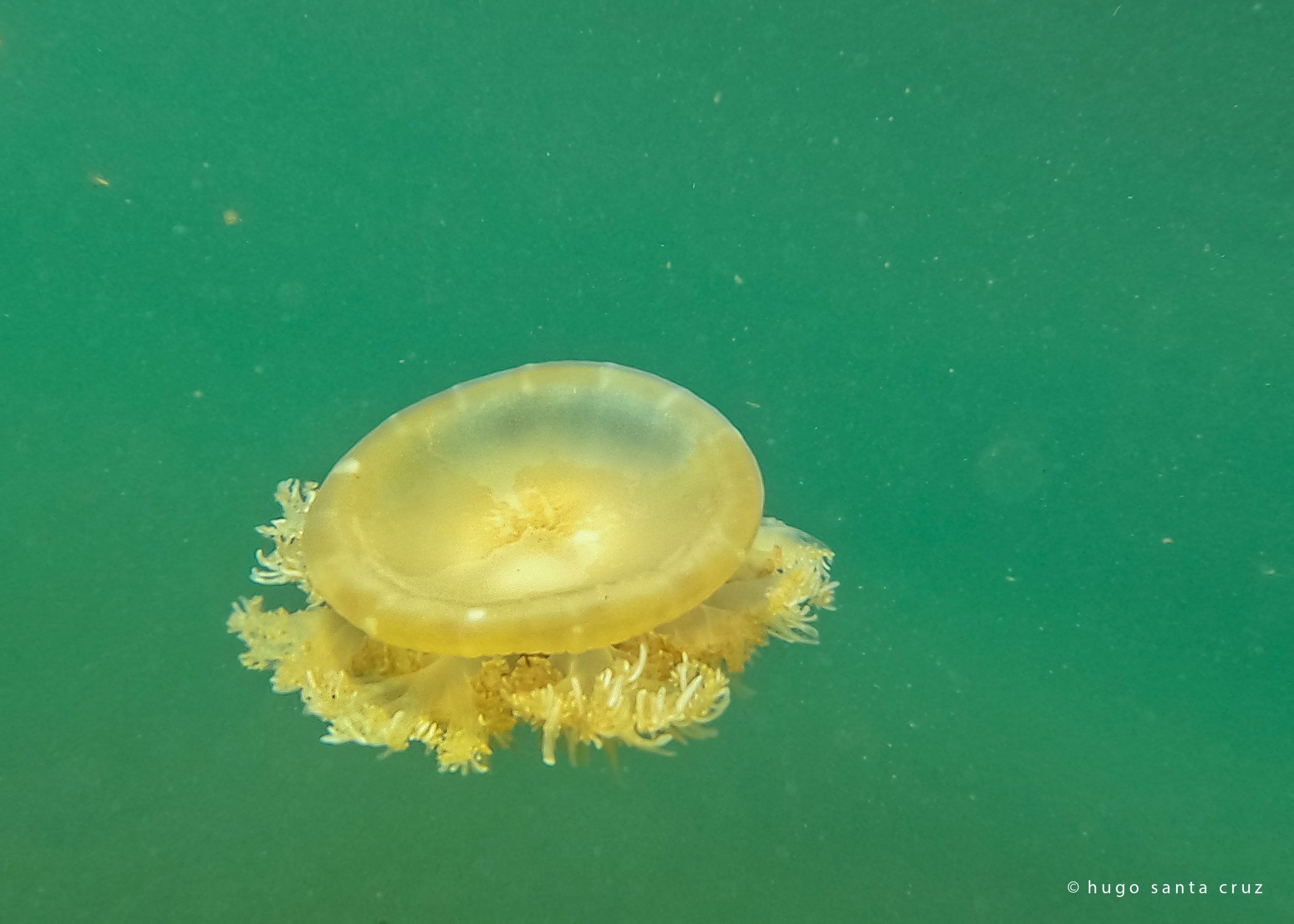
After having met the main species of the lagoon, we go up again in the kayaks, this time heading to the coral reefs, located on the opposite side of the mangroves.
Corals and mangroves have a unique symbiotic relationship. In contrast, mangroves hold the excess sedimentation keeping it from returning to marine waters. Coral reefs protect mangroves from strong waves; thus, each benefits the other.
It’s time for another stop in the ocean; in this area, the reef landscape is dominated by Fire Corals, Branched Finger Corals, Boulder Star Corals, Boulder Brain Corals, and sea sponges in various shapes, sizes, and colors. This underwater “garden” is home to hundreds of species of fish and other fascinating creatures.

Without much difficulty, very close to the surface, you can see Blue-headed Wrasse, Yellowtail Damselfish, Slippery Dick, Great Barracuda, Four-eye Butterflyfish, Blue Tang Surgeonfish, Stoplight Parrotfish, and several others. Delving a little deeper, it is possible to see crabs, lobsters, and with luck, rays, and even sharks and octopuses.
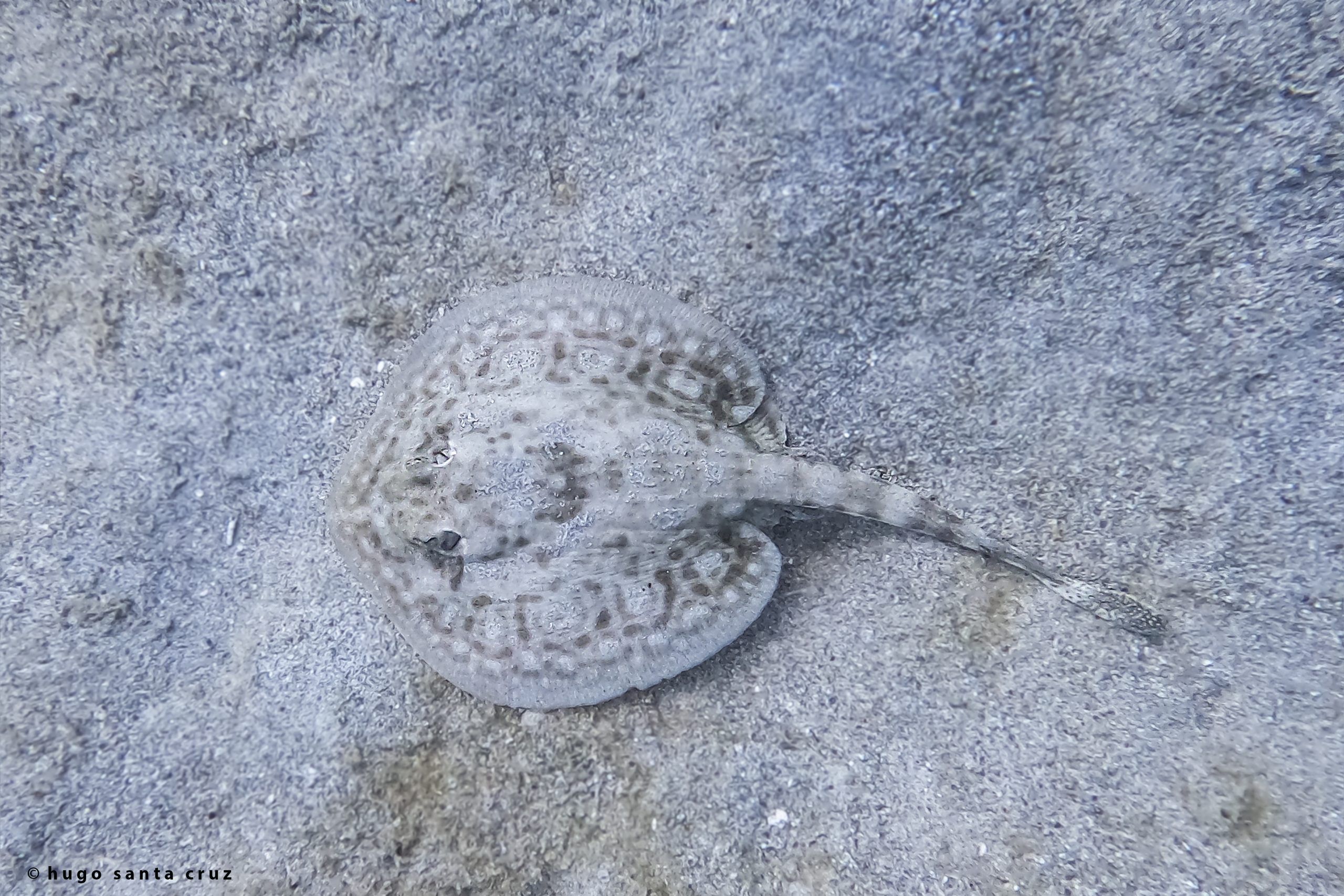
In terms of biodiversity, coral reefs worldwide are comparable to tropical forests due to the large number of species they contain. In just 0.1% of the ocean’s surface, they have about 25% of all marine species.
The Bocas del Toro area has more than 280 species of corals and jellyfish, 220 species of fish, and hundreds of other marine animals, such as worms, clams, snails, crustaceans, and echinoderms.
In a few snorkels around Tranquilo Bay, it is possible to observe around 40 to 50 species of fish and many other organisms of this marine microcosm. So, make sure you take this tour and dare to peek into the Caribbean waters. With the help of a simple mask and a snorkel, you will be able to discover a hidden world full of surprises.

